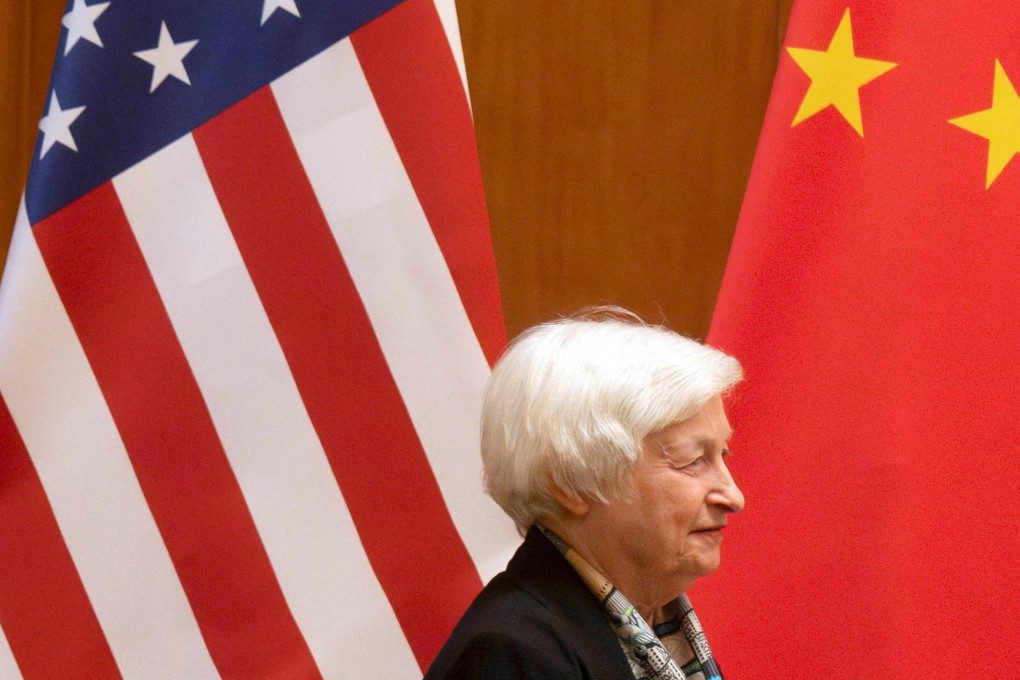Advertisement
Opinion | How US politicians are mangling the economic debate over decoupling from China
- Targeting China won’t solve the US trade deficit, which ballooned because of America’s own macroeconomic woes
- And arguing for ‘de-risking’ instead of decoupling makes no difference to the deleterious effects of shifting trade away from China
Reading Time:4 minutes
Why you can trust SCMP
10

American politicians have a long history of mangling economic policy debates. Some recognise reality, like when George H.W. Bush characterised so-called supply-side tax cuts as “voodoo economics”. But far too many distort economic statistics and analysis to score political points – think deficit scolds or the rise of modern monetary theory.
Advertisement
The debate over US-China decoupling is a case in point. From President Joe Biden down, US policymakers have finally realised it makes no sense to argue for a full-blown decoupling. Treasury Secretary Janet Yellen claims it would be “disastrous”. Secretary of State Antony Blinken and national security adviser Jake Sullivan also dismiss the possibility, stressing the record bilateral trade is prima facie evidence that decoupling simply cannot happen for two tightly integrated economies.
A careful look at the numbers offers a more nuanced assessment. Yes, bilateral trade – exports and imports of goods and services, combined – hit a record US$760.9 billion last year. But gross domestic product and most of its major components also broke records.
And these figures are all expressed in nominal dollars unadjusted for inflation. In the inflationary climate, current-dollar estimates of many indicators hit new records almost every day. That tells us very little about the ebb and flow of real economic activity.
Scaling cross-border trade against GDP is a more accurate measure of how trade with China drives the US economy. On that basis, the US-China trade in goods and services was 3 per cent of US GDP last year, down from the peak of 3.7 per cent in 2014. While this is a far cry from full decoupling – which would imply a US-China trade-to-GDP ratio closer to zero – it certainly qualifies as a meaningful step in that direction.
Advertisement
Unsurprisingly, 75 per cent of this recent reduction occurred after 2018, when the Trump administration imposed steep tariffs on Chinese imports. The downward trend in China’s share of the US trade imbalance is likely to continue, especially if, as expected, the Biden administration maintains the Trump tariffs and introduces yet another round of sanctions on advanced technologies.

Advertisement
